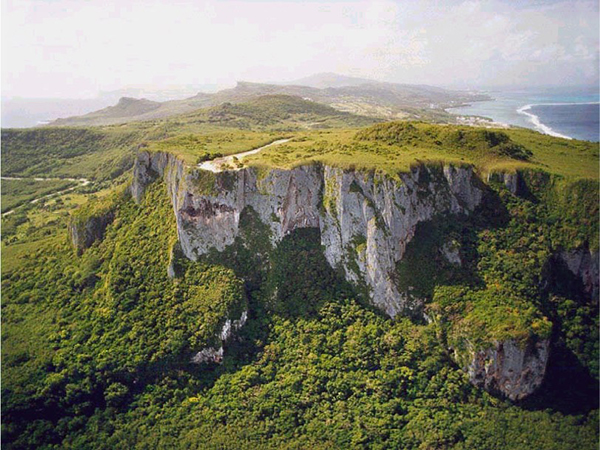Saipan, a Pacific Island of History and Stories
July 12, 2023
Saipan is the setting of my book, Warriors in the Crossfire, World War II, Pacific Arena, a place and time full of history. I never intended to write this novel until I was asked by Felipe I Ruak, Reilighman, Keeper of the Dance: “use your words,” he asked, “write our story.” With his guidance, his family’s story, and those of other island families, I wrote Warriors in the Crossfire, a story of war, resistance and resilience.

This month of July 2023, I am back here “on island” as guest faculty for an NEH funded educational grant: Saipan’s Land and Sea: Battle Scars & Sites of Resilience. This is a unique educational program for K-12 teachers to study WWII history and heritage on and around the island of Saipan. Part of my job is to share the story of Warriors in the Crossfire with participating teachers who come from Saipan and nearby islands and also 21 different states throughout the U.S.
When our family first arrived here on Saipan during the 1980s and 1990s, WWII felt present, immediate, and real as if the war had ended only a few years ago. Along the island’s shores, U.S. tanks stood rusty and battle-scarred, empty and quiet. Here were the caves where families had hidden, desperate to survive, and the towering cliffs where both soldiers and civilians leaped to their deaths. Here on Saipan were many stories waiting to be told, needing to be told, stories about the people who were caught in the crossfire of war as two nations, Japan and the United States, battled for possession.





Warriors in the Crossfire is dedicated to Felipe and his family, and to my father, Frank J. Bohac.
My dad had never talked about the war. Never wanted to talk about the war, until one day when visiting us on Saipan, he began … “I fell to my knees and wept,” Frank J. Bohac, Lieutenant, 4th Marine Division, Word War II…
My father fell to his knees and wept along with hundreds of his comrades on a tiny beach on Maui, Hawaii. In a few days his military orders would have taken him to the shores of Japan. His predicted survival time was 36 seconds. His orders? Kill everything that moved — man, woman, or child.
He fell to his knees when he heard the announcement: the war was over. Japan had surrendered. August 14, 1945.
I thank the universe that the invasion of Japan did not happen.
I thank the people who lived through those horrific times and continued to hope, rebuild, and forgive. To all the people who shared their stories, the people of Saipan and Guam, the veterans from both the American and Japanese armies, thank you. And the people who loved them, their wives and children, who hoped for their safe return. May all your stories light a candle for peace.
Learn more about other “in site” educational programs for teachers offered through National Endowment of the Humanities, (NEH). Saipan’s Land and Sea: Battle Scares & Sites of Resilience is one of many “Hands-on, on-site learning symposiums.” at: https://sites.ecu.edu/saipanlandmarks2020/. Follow the class on Facebook: Saipan Landmarks 2023.
.